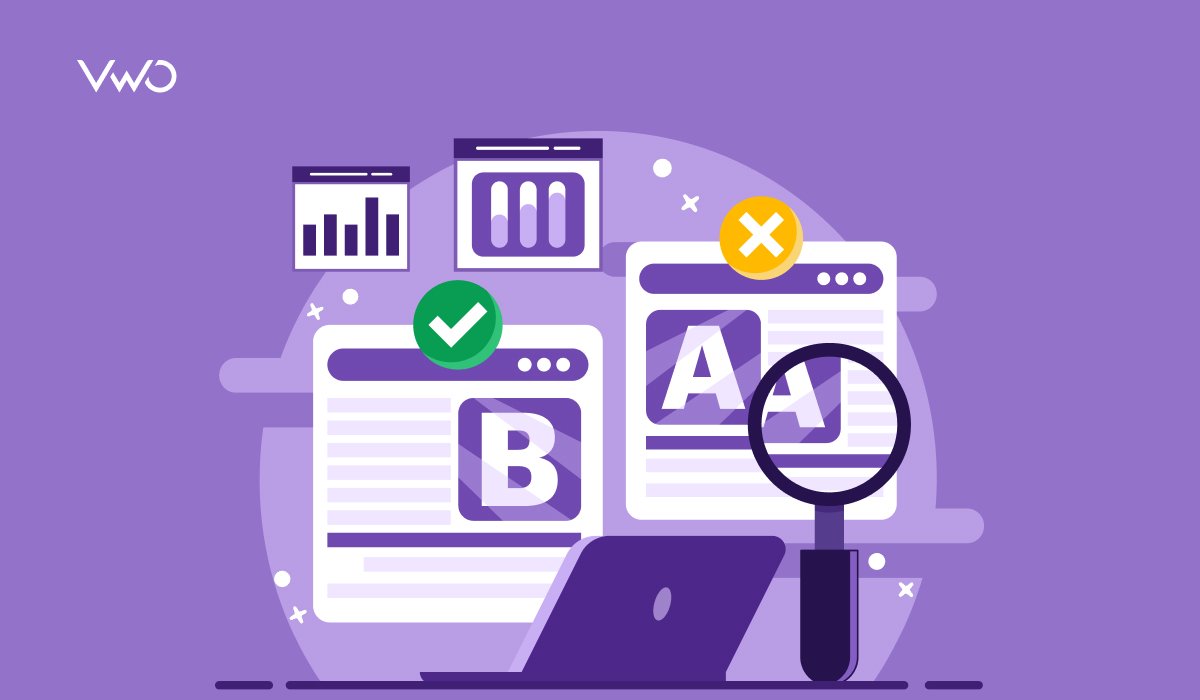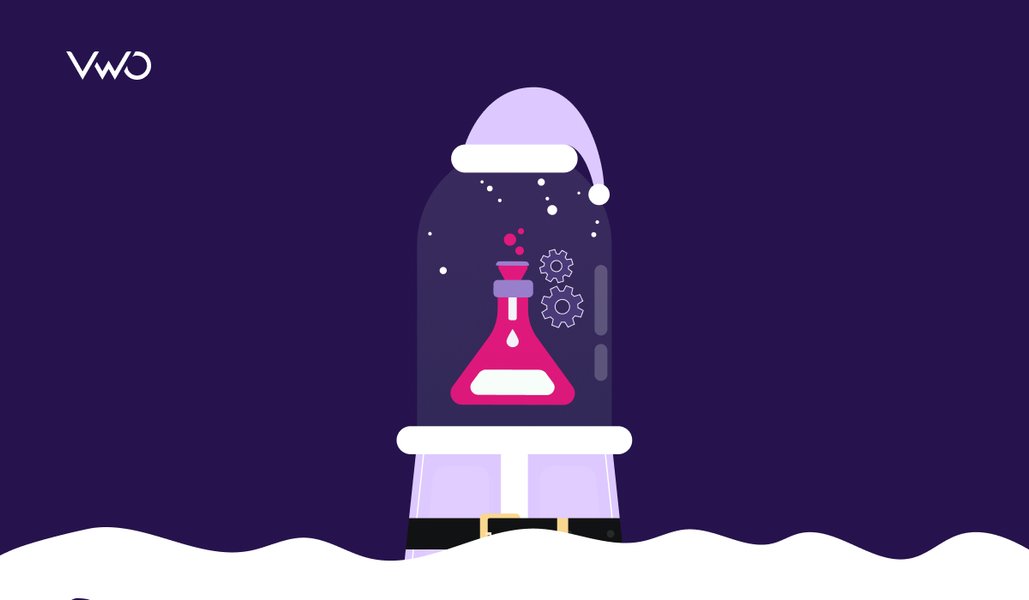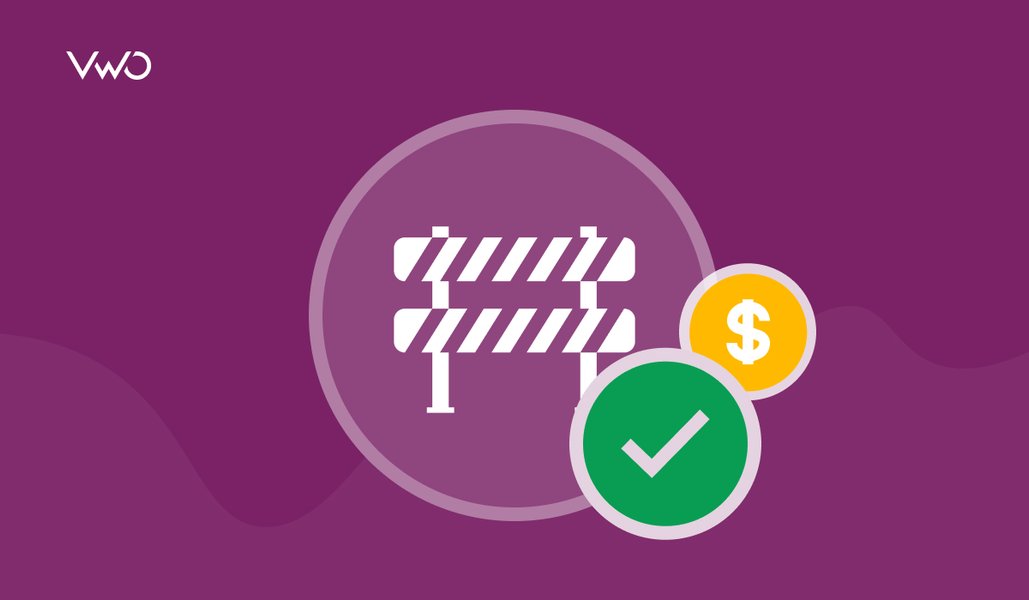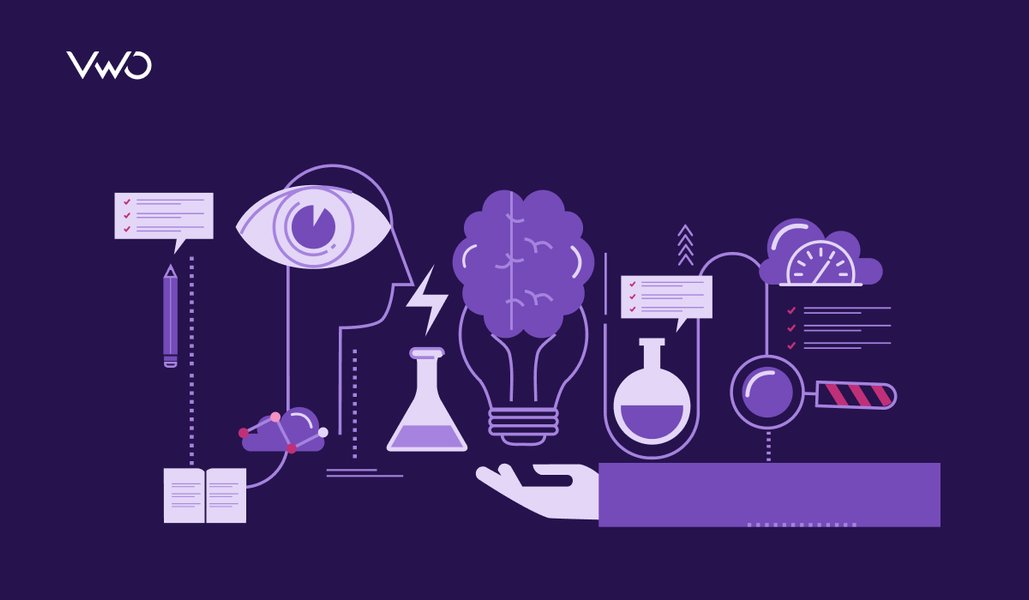The optimization, personalization, and testing space includes 288 players, of which a significant chunk offers A/B testing solutions. The number of options can make it difficult to find the right A/B testing tool.
Even after narrowing down your prospects, reviewing their websites and product information can become confusing and time-consuming.
That’s why we’ve created a guide with actionable steps to help accelerate your selection process. These steps will help you cut through the noise and find the best fit for your business.
So, let’s dive in!

How to pick the best A/B testing tools for your business
Here are some important steps to help you choose the right A/B testing tool for your business. No matter what stage you’re at in the selection process, these points will come in handy.
1. Assess testing maturity and budget
The first step in choosing the right A/B testing tool is to do thorough homework. This involves assessing the team’s experimentation maturity, budget, and current workflow. Here are some key points to consider:
- How many team members have experience using testing tools, and who may require training?
- Can the team handle complex experiments, such as server-side testing that requires developer involvement?
- Is the existing process flexible enough to integrate a new testing tool smoothly?
- Does the existing CMS /Commerce platform have the ability to integrate with diverse martech tools?
- Also, take stock of the budget: determine how much is allocated for new initiatives and how much it can be stretched to acquire the best-suited tool.
This initial assessment lays a strong foundation for narrowing down the right tool.
2. Research and shortlist top A/B testing tools
Research for shortlisting A/B testing tools can begin by exploring third-party platforms like G2, which list top tools along with customer reviews. These reviews provide valuable insights into user experiences. Here are some additional points that can help,
- Research firms such as Forrester also publish the Wave Report that evaluates and ranks A/B testing tools, helping identify industry leaders.
- Comparison pages that highlight differences between tools can be useful.
- Also, your homework in the first step allows you to find tools that align with your team, budget, and objectives.
This entire research process will help you shortlist a few promising tools for further analysis.
3. Go for a comprehensive platform
A/B testing is just one part of a broader conversion rate optimization (CRO) initiative and shouldn’t be treated as a standalone activity. Therefore, when choosing from your shortlisted options, prioritize a comprehensive platform that has the following capabilities:
- A tool that gathers qualitative visitor data, which helps you run data-driven experiments based on actual user behavior.
- As you conduct more A/B testing, you’ll gain insights that may encourage you to transition from basic client-side tests to advanced personalization or server-side campaigns. The tool must support this evolution.
Having a tool that supports all the mentioned capabilities is essential for running an efficient and effective CRO program. This minimizes the number of CRO tools, reduces data transfer issues, and simplifies management.
4. Check the tool’s generative AI-based features
As you scale your testing efforts, it’s important to choose a tool with modern features that automate the process. For example, AI-powered capabilities that create variations from natural language prompts or automate report analysis that can,
- Significantly reduce manual work and free up team bandwidth from repeated tasks.
- Increase experimentation velocity and help scale your A/B testing efficiently.
This, in turn, accelerates your go-to-market (GTM) and saves opportunity costs.
5. Understand the tool’s reporting capability
Reporting is the most important part of A/B testing. It helps you make sense of the data. Check if the tool tracks different types of metrics: primary, secondary, and guardrail metrics (those you want to protect during tests). Find out if the tool uses a Bayesian or frequentist approach.
Look for advanced features such as:
- Sequential testing: A statistical method that allows decisions to be made step-by-step instead of waiting for all test data.
- Bonferroni correction: Reduces the chance of false positives when testing multiple variations.
- Fixed horizon tests: Calculate results only after collecting data from the entire sample size.
- Sample ratio mismatch detection: Identifies when the actual traffic split between variations differs from what was planned.
- Outlier detection: Detects unusually large values that can skew test results.
Also, check if the tool supports early detection of winning variations and early stopping of underperforming ones. Check how the tool uses color coding in data visualization to make results easy to understand.
Finally, see how easy it is to share reports and collaborate with your team on the dashboard.
6. Verify the tool’s integration capabilities
Another important factor to consider is the A/B testing tool’s integration capabilities with your existing CMS, eCommerce platform, or other systems.
- Review the tool’s integration library and documentation to assess how seamless the integration process is.
- Additionally, check third-party reviews on platforms like G2 or Gartner to see if current users have praised or raised concerns about integrating with the platforms you use.
7. Check privacy and security compliance
Testing often involves sensitive pages like checkout screens, where visitors enter personal information. Therefore, it’s crucial to ensure that the A/B testing tool you shortlist complies with key privacy and security standards.
Here are some common certifications, acts, and regulations to look for:
- GDPR (General Data Protection Regulation): A European regulation that protects personal data and the privacy of individuals in the EU.
- CCPA (California Consumer Privacy Act): A privacy law that grants California residents rights regarding their data.
- HIPAA (Health Insurance Portability and Accountability Act): A U.S. law that protects sensitive patient health information.
- PCI DSS (Payment Card Industry Data Security Standard): A security standard for organizations that handle credit card information.
- ISO 27001:2022: An international standard for managing information security management systems (ISMS).
- ISO 27701:2019: An extension of ISO 27001 focused on privacy information management.
- SOC 2 Type II: A report that evaluates a service organization’s controls related to security, availability, processing integrity, confidentiality, and privacy.
These are some key standards to consider, but this list is not exhaustive.
8. Take advantage of free trials
Once you have identified one or two tools that align with your budget, team maturity, and required key features,
- Prioritize those that offer a free trial, either 15 days or a month, or a free starter plan. This lets you explore the tool hands-on and understand how well it addresses your specific business needs.
- Starting with a free trial or starter plan eliminates the financial aspect and provides a gradual, practical way to evaluate the tool before making a full commitment.
Paid subscriptions often require multi-month or yearly commitments, so it’s wise to avoid signing up for a plan that might not be the right fit.
9. Evaluate customer support response
Another important aspect to evaluate, both during and after the starter pack, is customer support and its response time.
- While CSAT scores provide an overview of customer support performance, it’s also essential to observe how the support team interacts with you throughout the process.
- Do they simply solve the problem, or do they go above and beyond to help you successfully execute A/B testing?
- Additionally, consider how the team’s approach reflects their commitment to building a long-term relationship, rather than just focusing on a one-time transaction.
With that, we have covered all the points that can help you in choosing the right A/B testing tool for your organization.
What you’ve learned: A/B testing tool selection recap
Here’s a quick recap of the essential steps for choosing your ideal A/B testing tool:
- Assess testing maturity and budget
- Research and shortlist top A/B testing tools
- Go for a comprehensive platform
- Check the tool’s generative AI-based features
- Understand the tool’s reporting capability
- Verify the tool’s integration capabilities
- Check privacy and security compliance
- Take advantage of free trials
- Evaluate customer support response
Conclusion
A/B testing success depends largely on the tool you choose, as it enables you to start with simple tests and gradually build a mature experimentation ecosystem.. This quick guide can help you at every step of narrowing down the right tool for your business.
If, after careful consideration, VWO is one of your prospects for an A/B testing tool, we offer a 30-day, no-commitment trial so you can explore its features. You can also check out its plans and pricing to make an informed choice and set your marketing efforts up for success.
Frequently asked questions (FAQs)
When selecting an A/B testing tool, prioritize features like multi-armed bandit testing, reliable reporting, mutually exclusive campaigns, AI-based variation creation, and automated report analysis. Plus, the tool should allow A/B testing, split testing, and multi-variate testing.
Choosing between a client-side or server-side A/B testing tool mainly depends on your testing needs. Client-side testing is used for UI experiments, while server-side testing is better suited for complex tests like search algorithm changes. Many tools offer both options, so the decision should be based more on your specific requirements and business goals than on your tech stack.






















